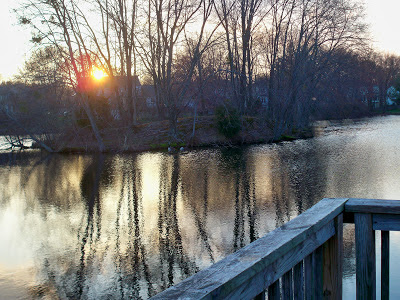Bird Land
New bird feeders have turned our back yard into an avian paradise. Goldfinches flit from branch to seeds, sometimes posing on top of the tomato cage, a perfect perch.
This morning I watched a female hummingbird for what seemed like hours but was only minutes, long enough for her to dart in and out, sipping nectar with each rush to the feeder.
And as I write these words a pileated woodpecker nibbles at a peanut butter block.
Birds catch on quickly. They have passed on word about the chow here. It’s good, you ought to try it. And with the living room couch still turned south I have a, well, bird’s eye view of all the goings on.
Parakeets in the house, and sparrows, robins, cardinals, jays, finches, woodpeckers, chickadees and hummingbirds outside.
It’s Bird Land, for sure.


